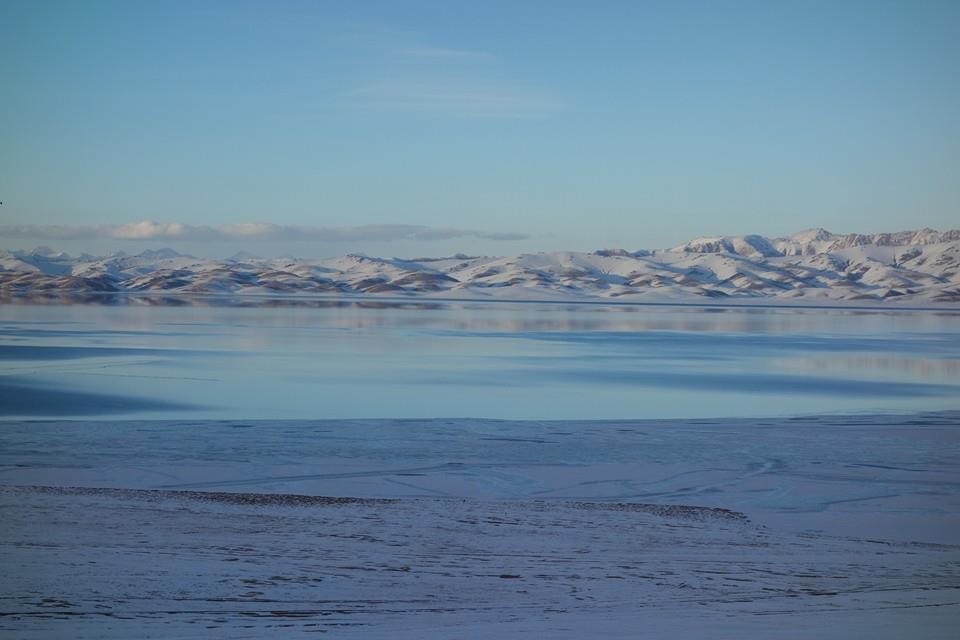- Institute
- People
- Departments
- Algebra, Geometry and Mathematical Physics (AGMP)
- Branch in Brno (BB)
- Constructive Methods of Mathematical Analysis (CMMA)
- Didactics of Mathematics (DM)
- Evolution Differential Equations (EDE)
- Mathematical Logic, Algebra and Theoretical Computer Science (MLATCS)
- Topology and Functional Analysis (TFA)
- Archive of departments
- Positions
- Research
- Events
- Calendar
- Partnerships
- Links
NCG&T Prague
usually takes place each Tuesday at 16:00 Institute of Mathematics CAS, Blue lecture room, Zitna 25, Praha 1Chair: Tristan Bice, Karen Stung
What is noncommutative geometry and topology? The idea stems from the Gelfand theorem which states that the category of compact Hausdorff spaces and commutative C*-algebras are dual. If we drop the condition of commutativity from our C*-algebras, we arrive at the notion of a noncommutative topological space. This can be carried further into the realm of noncommutative of geometry by equipping *-algebras with geometric structures.
Our research focusses on both quantum algebraic and operator algebraic aspects of noncommutative geometry and topology. This includes research in Hopf algebras, quantum groups, and noncommutative complex geometry, while on the operator algebra side, we study C*-algebras, with particular focus on C*-algebras arising from dynamical constructions such as minimal actions, groupoids, and semigroups.
Partially supported by GAČR project 20-17488Y Applications of C*-algebra classification: dynamics, geometry, and their quantum analogues and PRIMUS grant Spectral Noncommutative Geometry of Quantum Flag Manifolds.
A Dolbeault-Dirac spectral triple for the B2-irreducible quantum flag manifold.
Fredy Díaz
Charles University
Tuesday, 5. October 2021 - 16:00 to 17:30
Blue Room, Institute of Mathematics CAS, Zitna 25, Praha 1
In this talk we present the construction of the Dolbeault–Dirac operator associated to the B2-quantum flag manifold. The main ingredients are the quantum version of the Bernstein–Gelfand–Gelfand resolution for irreducible flag manifolds and the representation theory of the quantum group U_q(\mathfrak{so}(5)). We will show that a U_q(\mathfrak{so}(5))-co-equivariant, 0+-summable, even spectral triple can be constructed as well as we give a complete description of the spectrum of the Dirac operator.
Lawson-Pierce Duality between Ample Groupoid Bundles and Steinberg Rings & Semigroups
Tristan Bice
Institute of Mathematics CAS
Tuesday, 19. October 2021 - 16:00 to 17:00
Blue Room, Institute of Mathematics CAS, Zitna 25, Praha 1
and
Zoom: https://cesnet.zoom.us/j/91975183920?pwd=SGdlRUhLS21HUnVFTXBKcE1vYXlrQT09
Meeting ID: 919 7518 3920
Passcode: 102707
and
Zoom: https://cesnet.zoom.us/j/91975183920?pwd=SGdlRUhLS21HUnVFTXBKcE1vYXlrQT09
Meeting ID: 919 7518 3920
Passcode: 102707
Classic work of Keimel (1970), Pierce (1967) and Dauns-Hofmann (1966) concerns dualities between commutative rings (with plenty of idempotents) and bundles of simpler rings over Stone spaces. Recent work of Armstrong et al. (2021) as well as the speaker has sought to find natural noncommutative extensions, thus putting the theory of Steinberg algebras/rings on a solid algebraic foundation. Parallel to this, we have the classic duality of Stone (1936) between Boolean algebras and Stone spaces, which has also been extended to noncommutative structures by Lawson-Kudryavtseva (2017), namely to inverse/restriction semigroups and ample groupoids/categories. It turns out that this can likewise be further extended to a duality of "Steinberg semigroups" and bundles of categories over ample groupoids, from which the Steinberg ring results are just a short step away. Here we outline how to do this, even in a functorial way, thus turning our previous work (and that of... more
Quantum Root Vectors and a Dolbeault Double Complex for the A-Series Quantum Flag Manifolds
Réamonn Ó Buachalla
Charles University
Tuesday, 9. November 2021 - 16:00 to 17:00
Blue Room, Institute of Mathematics CAS, Zitna 25, Praha 1
and
Zoom: https://cesnet.zoom.us/j/91975183920?pwd=SGdlRUhLS21HUnVFTXBKcE1vYXlrQT09
Meeting ID: 919 7518 3920
Passcode: 102707
and
Zoom: https://cesnet.zoom.us/j/91975183920?pwd=SGdlRUhLS21HUnVFTXBKcE1vYXlrQT09
Meeting ID: 919 7518 3920
Passcode: 102707
In the 2000s a series of seminal papers by Heckenberger and Kolb introduced an essentially unique covariant q-deformed de Rham complex for the irreducible quantum flag manifolds. In the years since, it has become increasingly clear that these differential graded algebras have a central role to play in the noncommutative geometry of Drinfeld–Jimbo quantum groups. Until now, however, the question of how to extend Heckenberger and Kolb’s construction beyond the irreducible case has not been examined. Here we address this question for the A-series Drinfeld–Jimbo quantum groups U_q(\mathfrak{sl}_{n+1}), and show that for precisely two reduced decompositions of the longest element of the Weyl group, Lusztig’s associated space of quantum root vectors gives a quantum tangent space for the full quantum flag manifold \mathcal{O}_q(F_{n+1}) with associated differential graded algebra of classical dimension. Moreover, its restriction to the quantum Grassmannians recovers the q-deformed complex of... more
Mean cohomological independence dimension and radius of comparison
Ilan Hirshberg
Ben-Gurion University of the Negev
Tuesday, 16. November 2021 - 16:00 to 17:00
Zoom
Meeting ID: 919 7518 3920
Passcode: 102707
https://cesnet.zoom.us/j/91975183920?pwd=SGdlRUhLS21HUnVFTXBKcE1vYXlrQT
Meeting ID: 919 7518 3920
Passcode: 102707
https://cesnet.zoom.us/j/91975183920?pwd=SGdlRUhLS21HUnVFTXBKcE1vYXlrQT
The concept of mean dimension for topological dynamics was developed by Lindenstrauss and Weiss, based on ideas of Gromov. Independently, and for different reasons entirely, Toms introduced the concept of radius of comparison for C*-algebras. It appears, however, that there is a connection between those two notions: to each topological dynamical system one can associate a C*-algebra (known as the crossed product or the transformation group C*-algebra), and there appears to be a connection between the mean dimension of the dynamical system and the radius of comparison of the associated C*-algebra. I will explain those concepts and a related concept which we call mean cohomological independence dimension, and discuss what is known about the connection between them. I don’t expect to prove anything in the talk.
This is joint work with N. Christopher Phillips.


